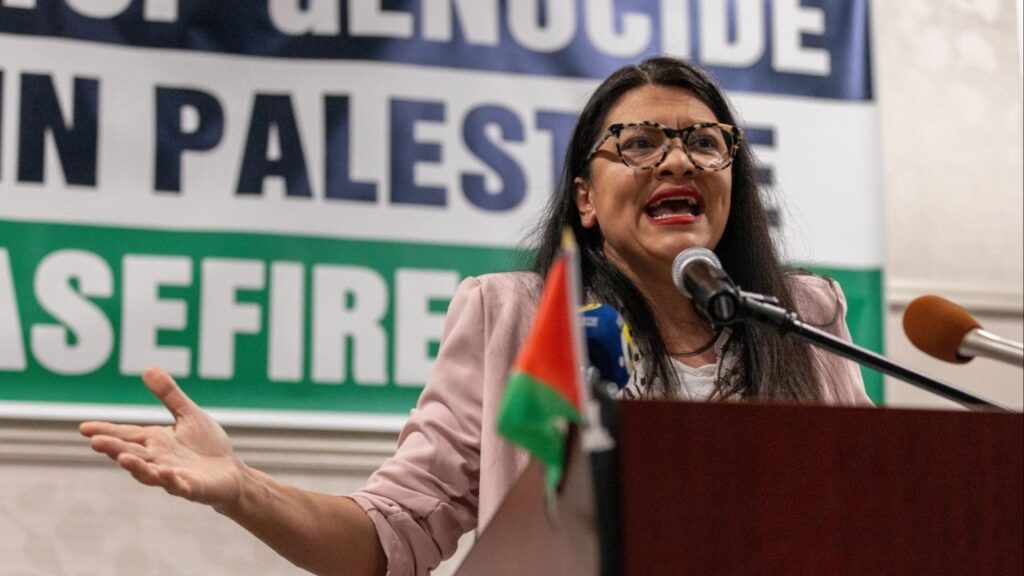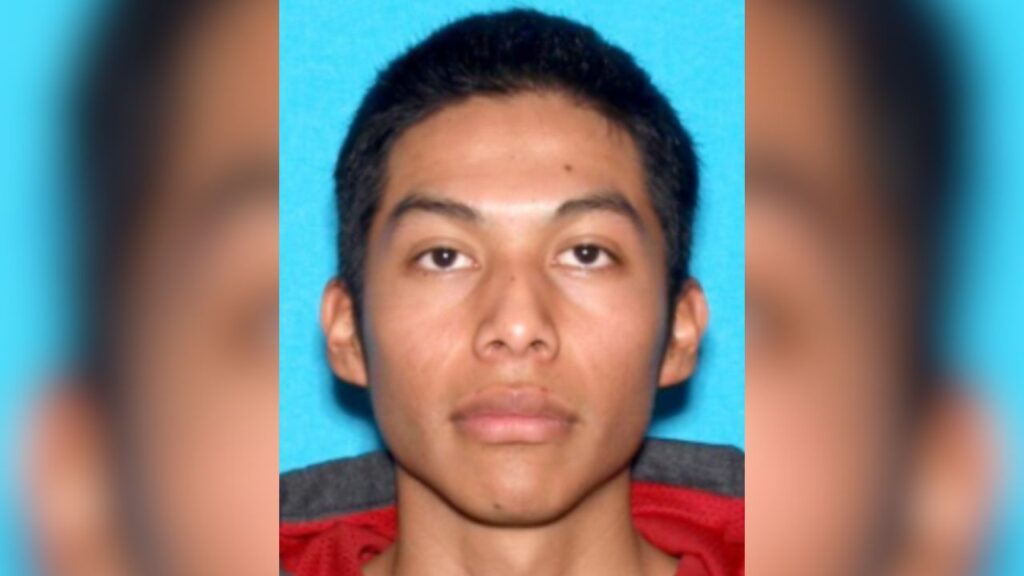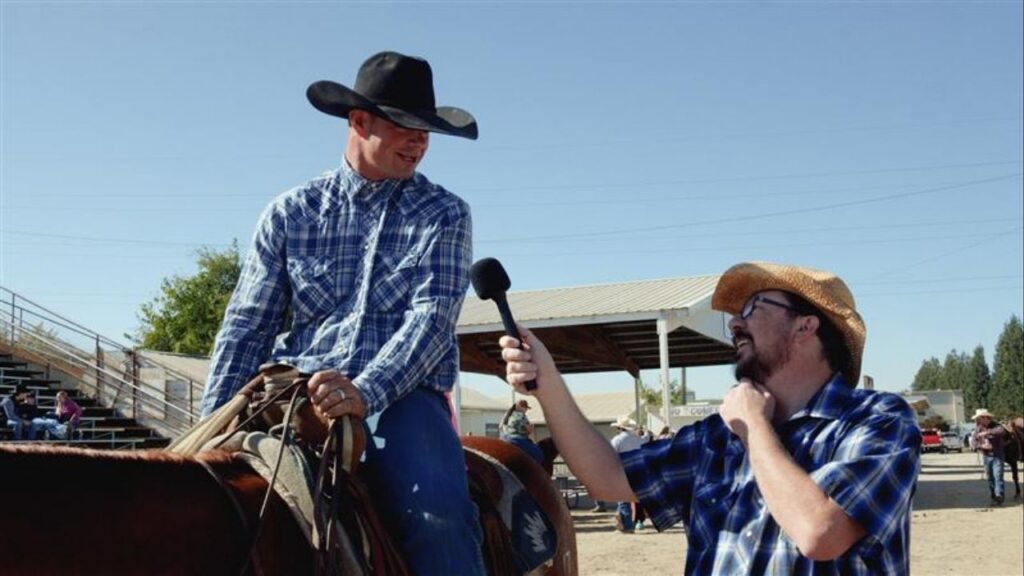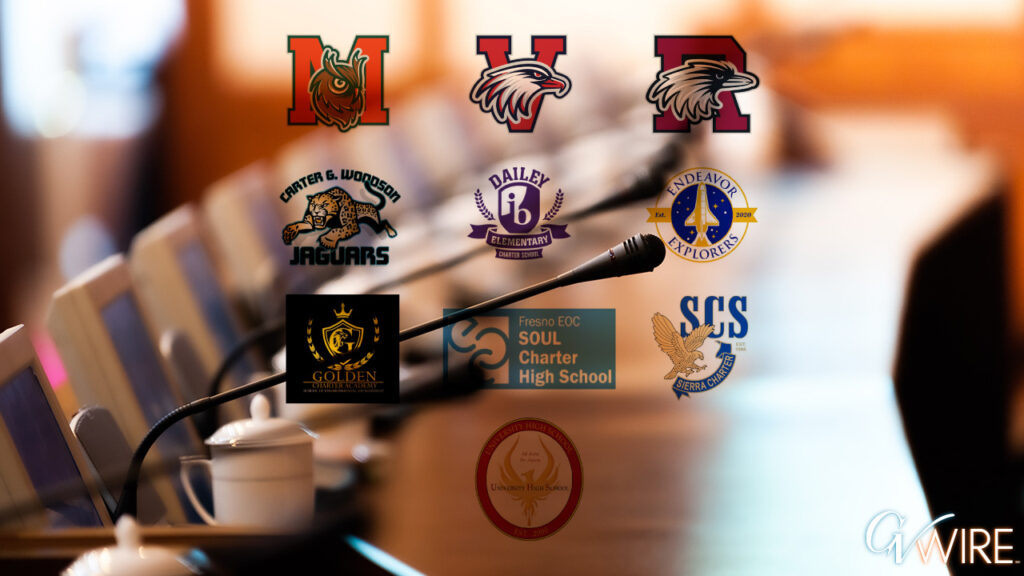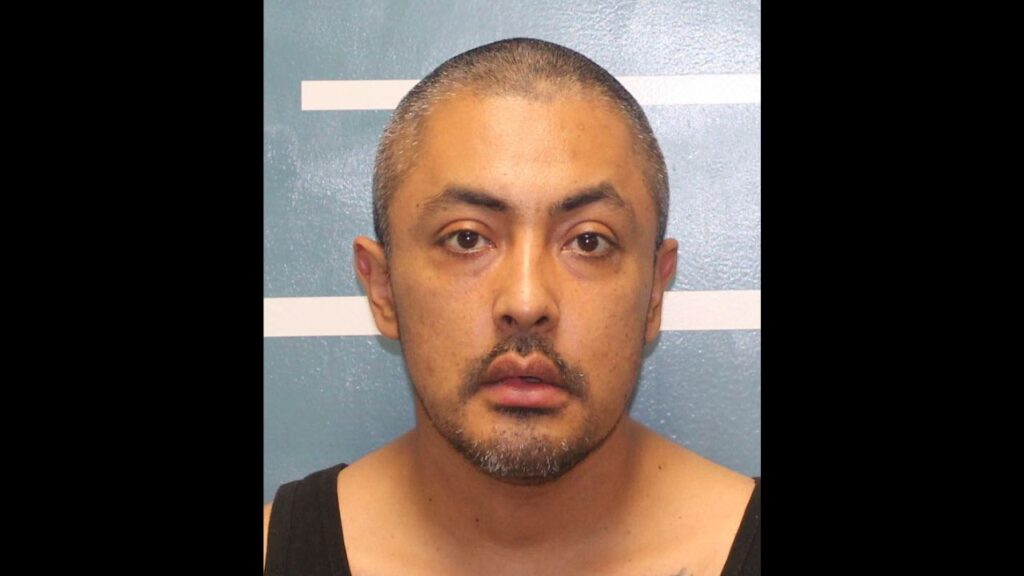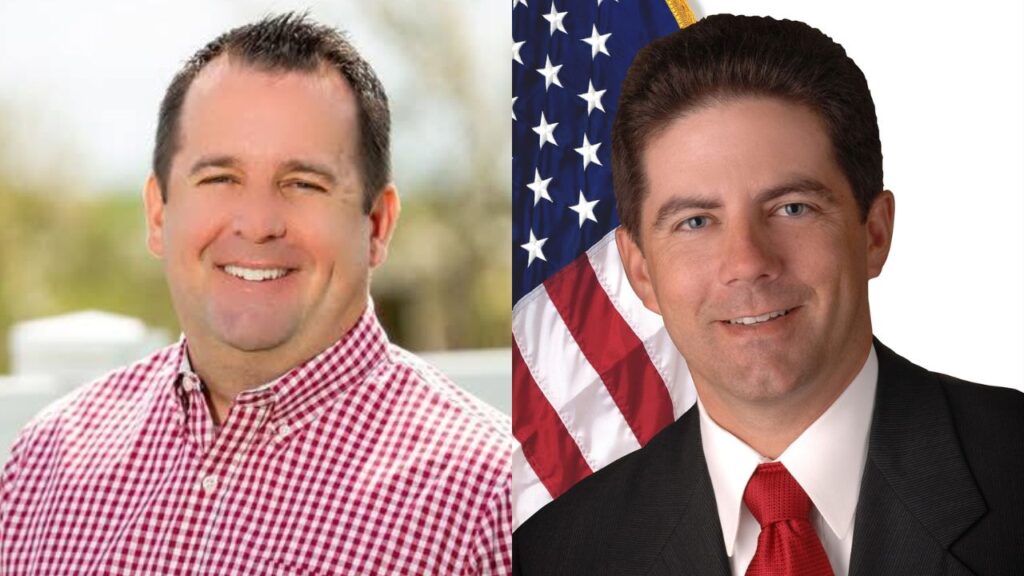Share
GUADALUPE, Ariz. — A Hispanic immigrant working at a fast-food restaurant in North Carolina is rushed to the hospital after she contracts COVID-19. A sickened Honduran woman in Baltimore with no health insurance or immigration status avoids the doctor for two weeks and finally takes a cab to the hospital and ends up on oxygen.
The virus has amplified inequalities many Latinos endure, including jobs that expose them to others, tight living conditions, lack of health insurance, mistrust of the medical system and a greater incidence of preexisting health conditions like diabetes. And many Latinos don’t have the luxury of sheltering at home.
“People simply cannot afford to stop working,” said Mauricio Calvo, executive director of the Latino Memphis advocacy group in Tennessee.
In many areas, Latinos comprise a dramatically higher percentage of the positive COVID-19 tests compared with other racial and ethnic groups.
About 65% of positive tests in the county that is home to Chattanooga, Tennessee, are Latinos, even though they make up just 6% of the population. With many infected families living in the same home with no other place to go, Chattanooga officials are looking at providing alternative sites at hotels or other locations where people can safely isolate.
The same disparities exist nationwide.
Latinos account for 45% of coronavirus cases in North Carolina, where they make up only 10% of the population, according to the state’s Department of Health and Human Services. In the Latino and Native American town of Guadalupe, Arizona, residents are testing positive at more than four times the rate of the entire county. The ZIP code with the most COVID-19 cases in Maryland borders the nation’s capital and is majority Hispanic.

A Growing Body of Evidence Is Forming Around the Virus’ Toll on Latinos
Honduran native Arely Martinez, who now lives in Baltimore, delayed medical help for two weeks after getting a fever and headache, struggling to breathe and losing her sense of smell. Lack of insurance, her immigration status and misinformation about the pandemic kept her home, but she finally went to the hospital and tested positive for COVID-19.
“I had no medical guidance, and apart from that, I was afraid because of the comments from people that when you go to the hospital, they would end up killing you,” said Martinez, who spent two days in the hospital fretting about her three children while her husband left them alone to seek work.
Her husband tested negative for the virus, but her sister, who was fetching their groceries, became ill. Her children were never tested.
“Truthfully, they were the saddest moments of my life,” she said. “There was not a moment or an instant that I stopped asking God to give me a chance to live to see my children, to hug them, to take care of them.”
A growing body of evidence is forming around the virus’ toll on Latinos as researchers develop a more advanced data analysis about COVID-19 and race.
This disparity among Latinos is similar to a national trend in African American deaths. An Associated Press analysis has found black Americans make up 26% of the deaths in nearly 40 states that kept detailed death data, even though they comprise only 13% of the population.
Researchers are also pointing out another noteworthy trend emerging in Latino cases. Because Latinos are much younger on average than U.S. whites, and the virus kills older people at higher rates, researchers are using “age-adjusted” data to provide a more accurate picture of the disproportionate toll.
Latinos Initially Were Reluctant to Get Tested for the Virus
A Brookings Institution study this week examined federal data to show the age-adjusted COVID-19 death rate for African Americans is 3.6 times that for whites. The age-adjusted death rate for Latinos is 2.5 times higher than white Americans. A Harvard paper used similar metrics to determine “years of potential life lost,” finding that Latinos lost 48,204 years, compared with 45,777 for African Americans and 33,446 for non-Hispanic whites.
The 42-year-old Durham resident went back to work at the fast-food chain and got sick; she believes she was infected the day she neglected to wear a mask and gloves at work.
“The kids were really upset,” said Reyes, who is in the country illegally. “They wanted to always come in my room to be with me. We were all desperate in different ways, and I was definitely getting depressed with how everything was going.”
Though she’s survived to tell her story, two fears remain: The forthcoming medical bills and the lack of seriousness she believes some in her community have toward the virus.
Latinos initially were reluctant to get tested for the virus, prompting authorities to bring testing sites into their communities, including grocery stores.
In the Arizona town named for Mexico’s patron saint, Our Lady of Guadalupe, hundreds of people who live with family members in tiny adobe homes lined up in the scorching sun May 28-29 for free tests at the main plaza.
Eleven percent of the people tested positive for COVID-19.
“We have families that don’t have running water, we have families that don’t have electricity,” Guadalupe Mayor Valerie Molina said. “We have a lot of community members who don’t venture out beyond Guadalupe and so we thought the best way to get them to test would be to bring testing to them.”

More Is Needed to Help Latinos Get Tested Closer to Where They Live
Molina issued a mandate Friday for face coverings in public areas of the hard-hit community.
Health and community leaders say testing is especially important for Latinos because they have been returning to work in large numbers and lack paid sick leave.
“People continue going to work before they get really sick and tested,” said Pilar Rocha-Goldberg, executive director of El Centro Hispano, a North Carolina advocacy group.
Dr. Viviana Martinez-Bianchi, a family physician in Durham and director of health equity at Duke University, said more is needed to help Latinos get tested closer to where they live. And authorities are trying to come up with alternative ways to help residents self-isolate if they get sick or suspect they are infected and are awaiting test results. Chattanooga officials are exploring direct financial assistance to families and have a section of the county’s COVID-19 task force assigned to the Latino disparity issue.
“I think that this pandemic has really highlighted issues that have always plagued our community and we’ve been fighting to overcome,” said Dr. Michelle LaRue, senior manager for health and social services at CASA, an organization helping Latinos in Maryland. “You know, labor safety issues, language access issues, health insurance and health care issues.”
Both Martinez and Reyes said they wish they hadn’t waited to see a doctor.
“People are dying in our community,” Reyes said. “I want people to understand and take the situation seriously.”
Six weeks after leaving the hospital, Martinez remains weak and has trouble sleeping.
“I shouldn’t have taken the risk because I also frightened my children,” she said. “I couldn’t breathe, my children were scared … and I had no one to take care of me.”







